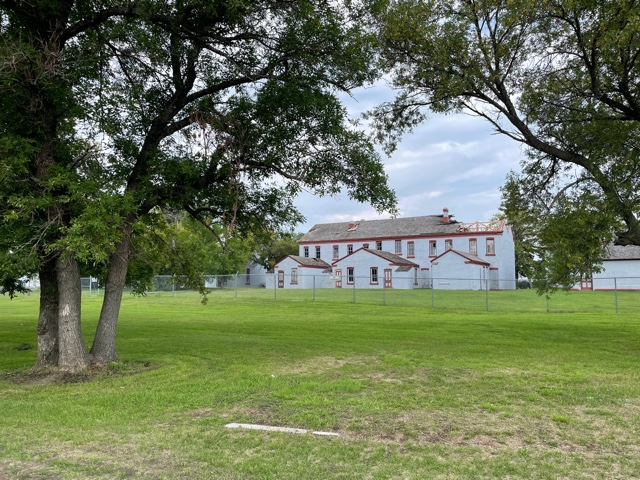
On the south shore of Devil’s Lake is the Fort Totten State Historic Site on the edge of the North Dakota town by the same name. It sits on land that was home to the Dakota people at the turn of the Nineteenth Century. Indeed some of their descendants still reside on the nearby Spirit Lake Reservation, but in 1867 the US government established a military post here for the purpose of keeping the peace and protecting overland transportation routes as settlers pushed westward. By 1890 the fort was decommissioned and the property transferred to the Bureau of Indian Affairs who operated an Indian boarding school here with a mission of assimilation through education until 1935 with academic and vocational classes. Then after a short stint as a tuberculosis treatment center, an Indian school was again established here and continued until 1959 with Tribal leaders having increasing input. In 1960 it became a state historic site and today these original buildings house a museum that tells the long history of the people that worked, taught, and studied here. We began our visit in the Interpretive and Visitor Center where we talked with individuals whose parents or grandparents had been students here. We made our way through the various buildings imaging life here in times gone by grateful for folks who care enough to preserve the past.
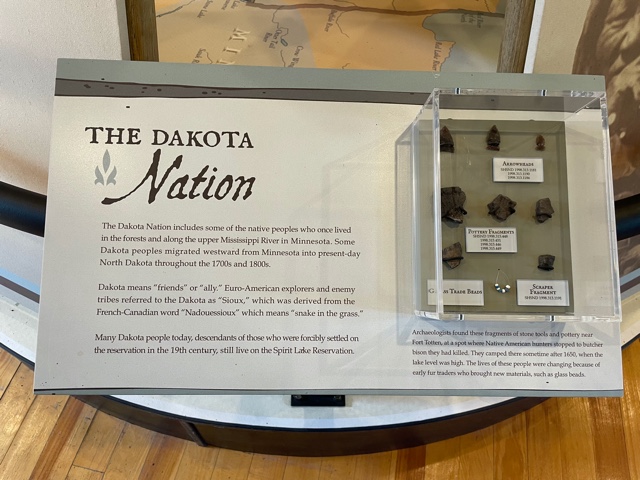
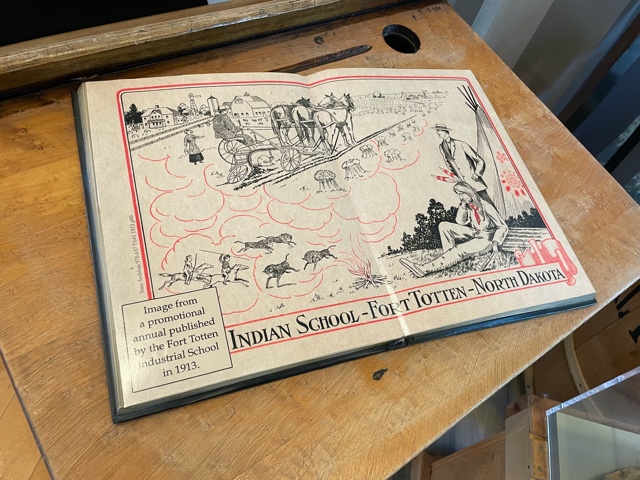
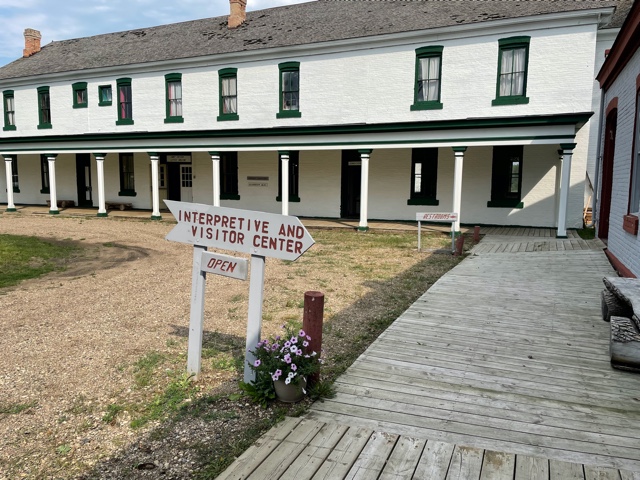
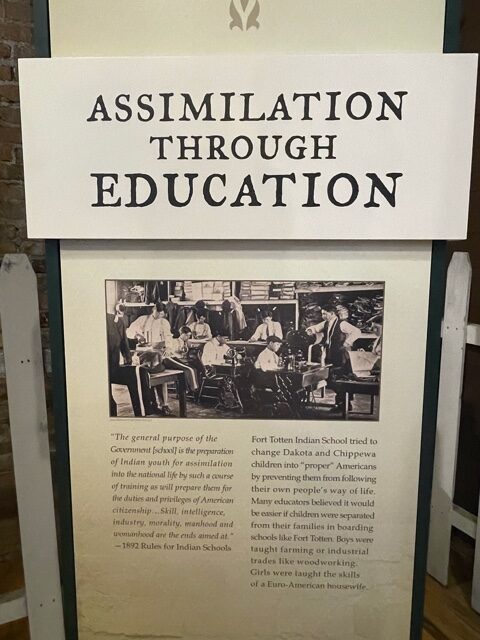
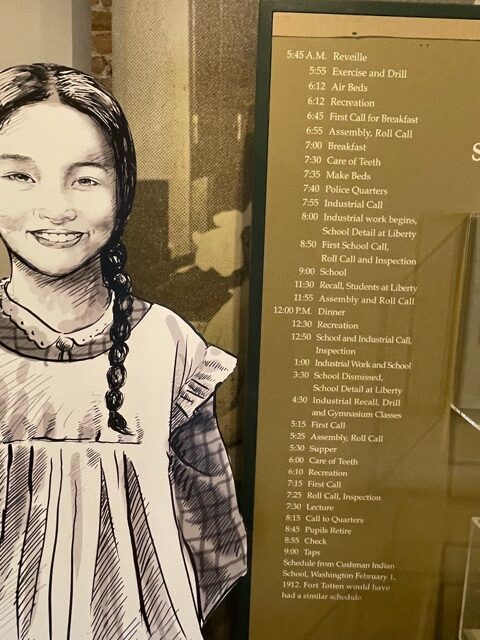
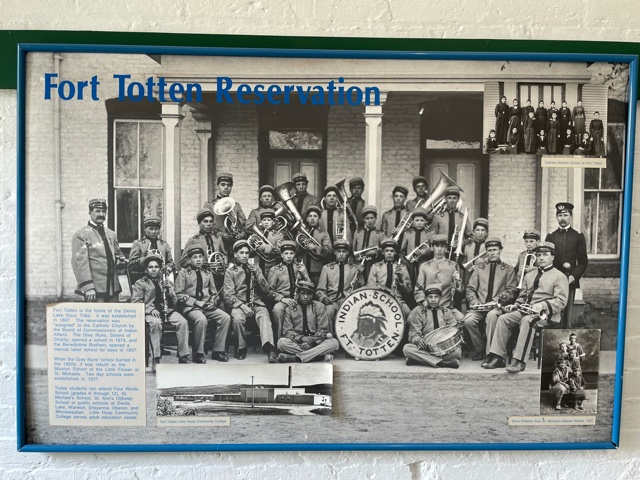
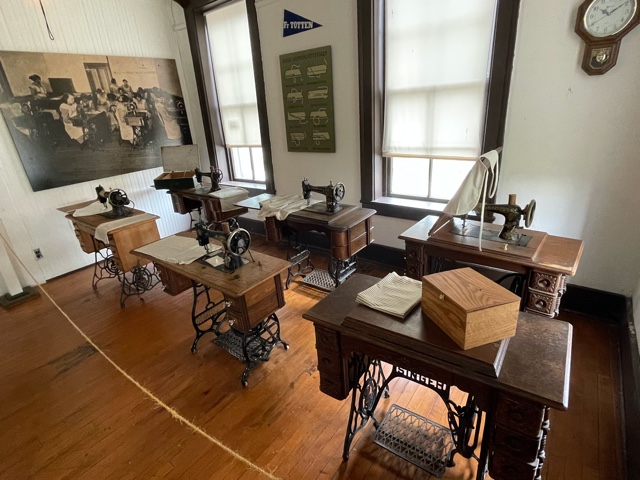
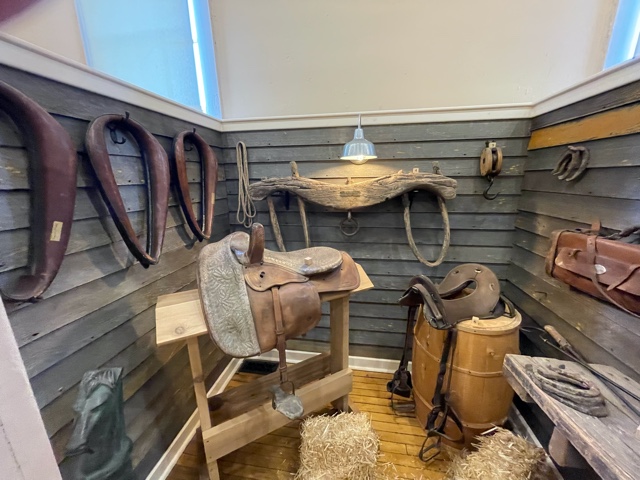
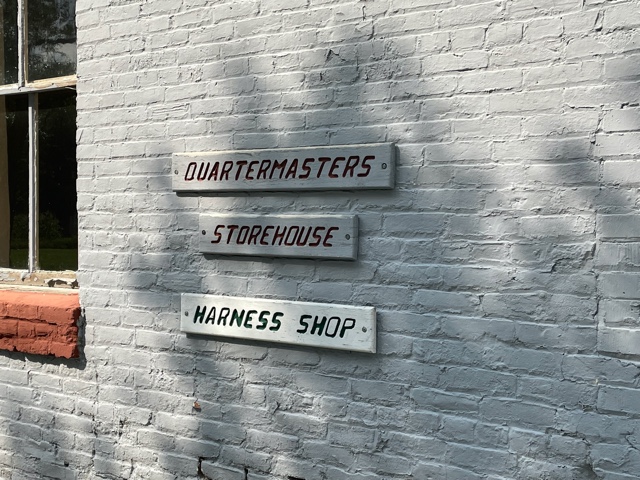
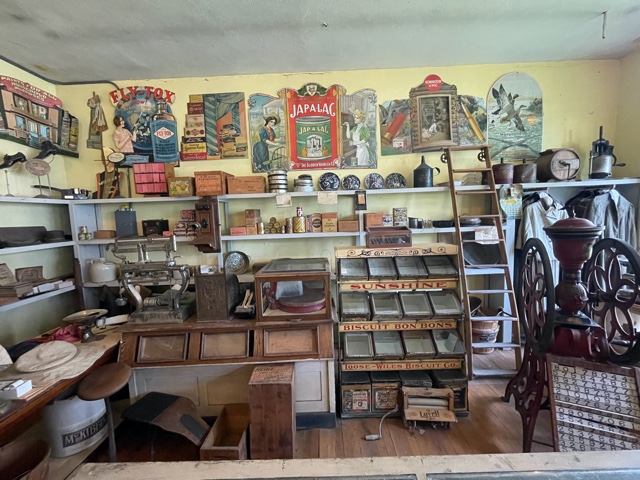
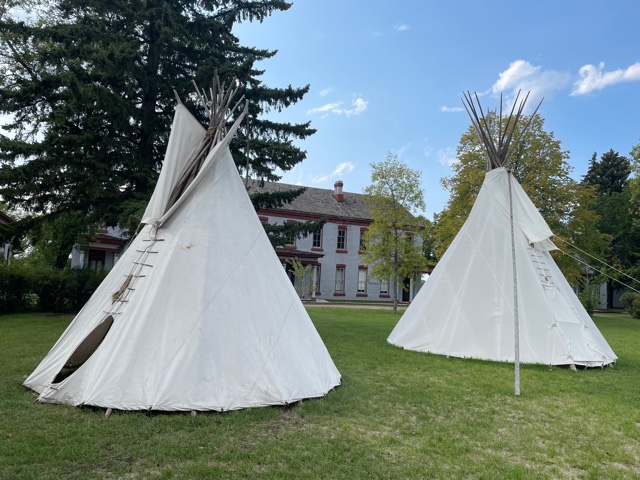
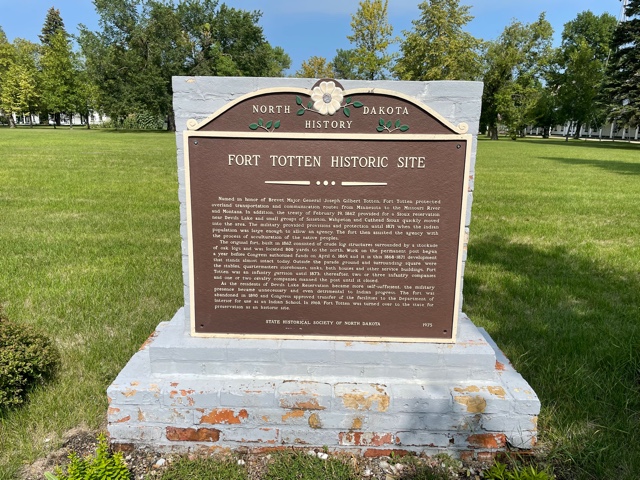









0 Comments